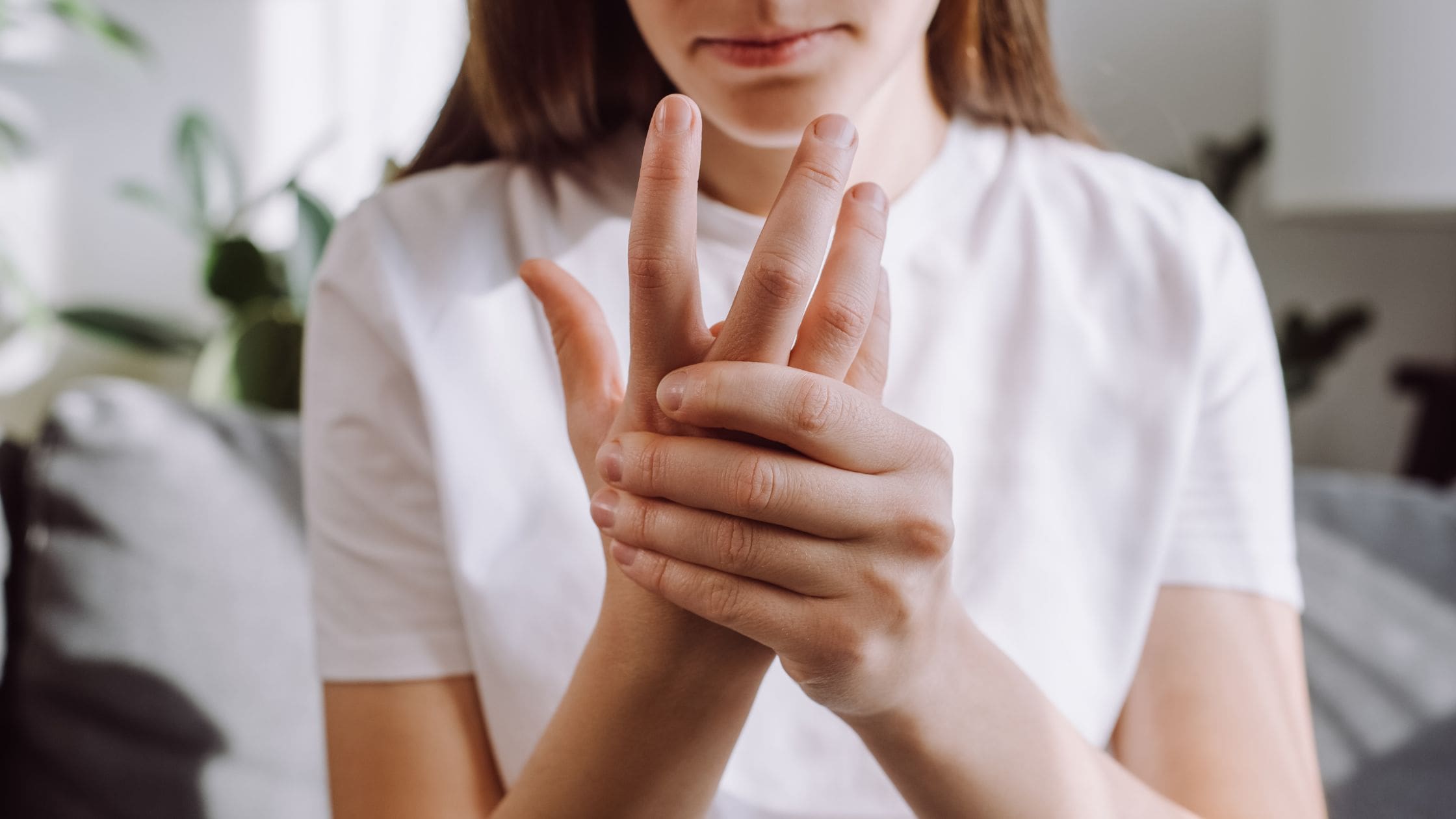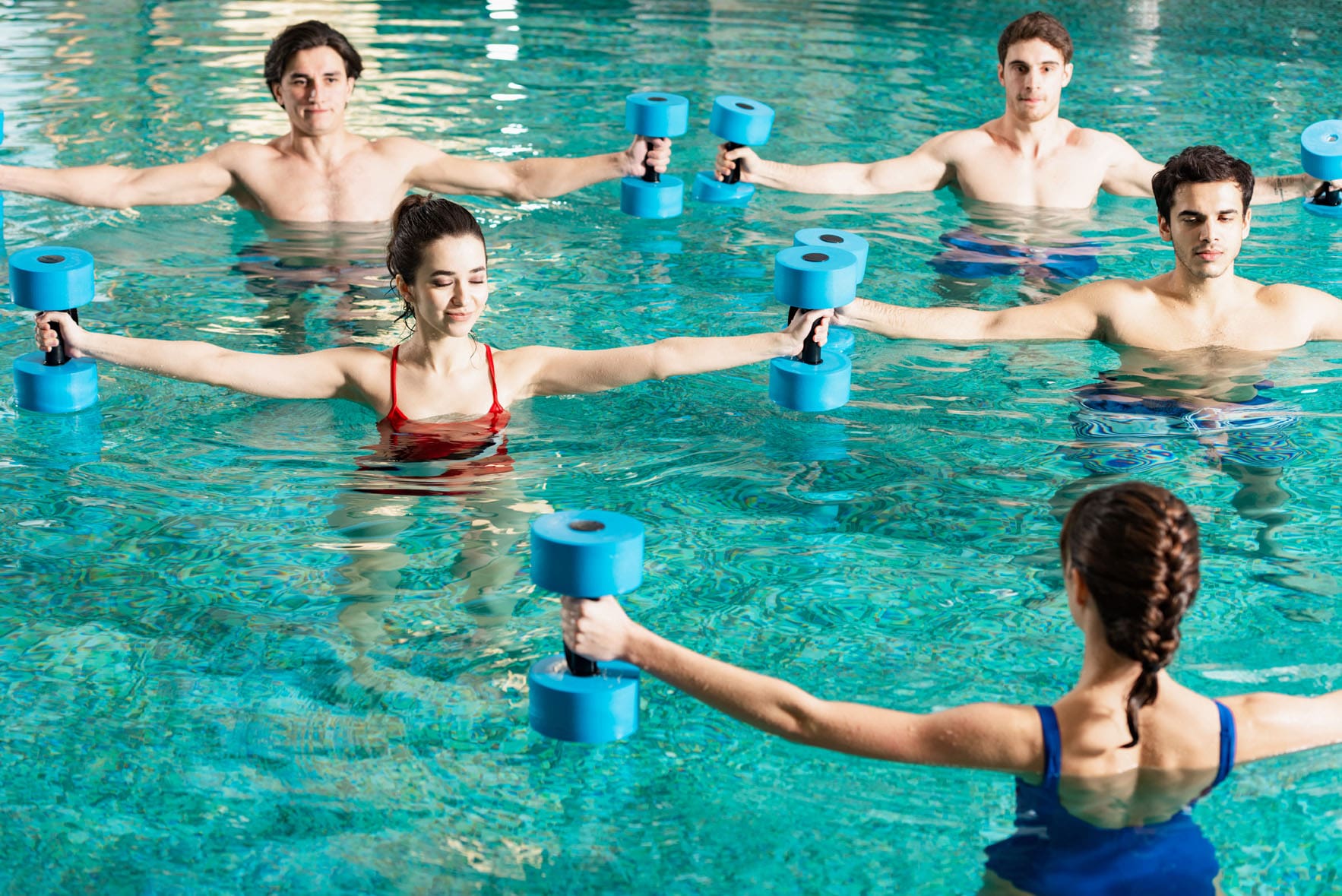Can individuals with rheumatoid arthritis incorporate various exercises to reduce joint pain and inflammation in their hands and feet?
Table of Contents
Introduction
The joints in the human help provide function, mobility, and flexibility to the upper and lower extremities. The joints are part of the musculoskeletal system and have an outstanding relationship with the muscles, ligaments, and soft tissues that give the body structure and support that lets the individual move around and protects the important organs to function normally. However, when a person is dealing with injuries or illnesses that affect the body’s musculoskeletal function, it can cause pain to the individual. One of the symptoms that often correlate in the joints is chronic inflammation, leading to the development of an autoimmune disease known as rheumatoid arthritis. Today’s article looks at how rheumatoid arthritis affects the joints in the musculoskeletal system and how various exercises can help manage and reduce the symptoms associated with rheumatoid arthritis. We discuss with certified associated medical providers who consolidate our patients’ information to assess rheumatoid arthritis and its associated pain symptoms affecting the joints. We also inform and guide patients while asking their associated medical provider intricate questions to integrate various exercises into their personalized treatment plan to manage the pain correlated with rheumatoid arthritis. Dr. Jimenez, D.C., includes this information as an academic service. Disclaimer.
How RA Affects The Joints
Do you feel pain and tenderness in your joints affecting your daily routine? Do you experience stiffness first thing in the morning, and it goes away throughout the day? Or do you feel fatigued throughout the day, even after a good night’s sleep? Many individuals with these symptoms could be dealing with early development of rheumatoid arthritis in their joints. Now, rheumatoid arthritis is a chronic inflammatory autoimmune disorder that affects the body’s joints but is more prominent on the hands, wrists, and feet. The symptoms of rheumatoid arthritis can develop early or slowly depending on the environmental factors contributing to the development. Since rheumatoid arthritis is categorized as a systemic autoimmune disease, genetic and environmental risk factors that can contribute to rheumatoid arthritis development can trigger overlapping risk profiles on the joints. (Jang et al., 2022) When a person is dealing with the symptoms of rheumatoid arthritis, one of the key pain symptoms that can affect the joints drastically is inflammation. Inflammation is associated with rheumatoid arthritis; it is reflected by joint pain, leading to swelling and subsequent destruction of the cartilage and bone. (Scherer et al., 2020) This causes many individuals to be in constant pain and prevents them from doing any activities.

Additionally, when a few joints are being affected by rheumatoid arthritis in the early stages, some of the symptoms include:
- Fatigue
- Flu-like symptoms
- Swollen & tender joints
- Stiffness
However, when rheumatoid arthritis reaches the later stages in the joints, the autoantigens that are specific to rheumatoid arthritis can lead to a self-perpetuating chronic inflammatory state on the joints, thus causing an expansion on the periarticular bone at the cartilage-bone junction, leading to bone erosion and cartilage degradation. (Lin et al., 2020) Luckily, there are therapeutic options to reduce the pain and inflammatory effects of rheumatoid arthritis and help manage the symptoms that are affecting the joints.
Arthritis Explained- Video
How Various Exercises Can Help With RA
When it comes to reducing the inflammatory effects of rheumatoid arthritis, many individuals can seek out therapeutic options to restore mobility, function, and flexibility. Many individuals can incorporate various physical activities to relieve stress on the inflamed tissues while slowing the progression of rheumatoid arthritis. (Radu & Bungau, 2021) When people with rheumatoid arthritis incorporate various physical activities, they can include a healthy diet and nutrition to suppress pro-inflammatory effects associated with rheumatoid arthritis, help provide symptomatic improvement, and restore bodily function to the joints. (Gioia et al., 2020)
When people with rheumatoid arthritis start exercising as part of their personalized treatment, it can have beneficial properties as they can help with the following:
- Reduce joint pain & stiffness
- Improve muscle strength around the joints
- Enhance physical function
- Boost mental health
- Reduces inflammation
- Increase energy levels
The main priority of incorporating exercises to reduce rheumatoid arthritis is choosing gentle exercises on the person’s joints while providing enough movement to keep the body flexible and strong. Below are some exercises to reduce rheumatoid arthritis.
Range of Motion Exercises
Range of motion exercises can help maintain normal joint function by improving flexibility and reducing stiffness for individuals with rheumatoid arthritis. Some examples include:
- Finger Bends: Gently bend your fingers into a fist and straighten them. Repeat several times.
- Wrist Stretch: Extend your arm with the palm facing down. Gently use your other hand to press the extended hand down and back for a stretch.
- Shoulder Rolls: Roll the shoulders in a forward circular motion, then reverse the direction.
Strength Training Exercises
Strength training can help build the surrounding muscles around the joints. This allows many individuals with rheumatoid arthritis to provide better support and reduce stress on the joints. Some examples include:
- Resistance Bands: Use resistance bands to perform bicep curls, leg extensions, and chest presses.
- Light Weights: Incorporate light dumbbells to perform exercises like shoulder presses, tricep extensions, and squats.
- Bodyweight Exercises: Engage in wall push-ups, seated leg lifts, and modified planks.
Water-Based Exercises
Water-based exercises provide resistance without impact on the joints, making it ideal for those with rheumatoid arthritis. The water helps cushion the joints by easing the stiffness, building strength, and helping relax sore muscles. Some examples of water-based exercises include:
- Water Aerobics: Join a water aerobics class that offers structured routines in a supportive environment.
- Aqua Jogging: Use a buoyancy belt to jog in the pool’s deep end.
- Swimming: Perform laps or engage in gentle exercises like the backstroke or breaststroke.
Tips For Exercising With RA
It is important to remember that when exercising with rheumatoid arthritis, it is important to always start with a gentle warm-up and always end with a cool down to prepare the muscles and joints when beginning to exercise. Another thing to remember is to stay consistent and modify when needed. This allows many individuals to listen to their bodies and modify exercises to avoid pain and discomfort. Incorporating exercises is highly effective in reducing rheumatoid arthritis activity as it can help enhance the body’s immune function and help manage the inflammatory response associated with rheumatoid arthritis. (Li & Wang, 2022)
References
Gioia, C., Lucchino, B., Tarsitano, M. G., Iannuccelli, C., & Di Franco, M. (2020). Dietary Habits and Nutrition in Rheumatoid Arthritis: Can Diet Influence Disease Development and Clinical Manifestations? Nutrients, 12(5). https://doi.org/10.3390/nu12051456
Jang, S., Kwon, E. J., & Lee, J. J. (2022). Rheumatoid Arthritis: Pathogenic Roles of Diverse Immune Cells. Int J Mol Sci, 23(2). https://doi.org/10.3390/ijms23020905
Li, Z., & Wang, X. Q. (2022). Clinical effect and biological mechanism of exercise for rheumatoid arthritis: A mini review. Front Immunol, 13, 1089621. https://doi.org/10.3389/fimmu.2022.1089621
Lin, Y. J., Anzaghe, M., & Schulke, S. (2020). Update on the Pathomechanism, Diagnosis, and Treatment Options for Rheumatoid Arthritis. Cells, 9(4). https://doi.org/10.3390/cells9040880
Radu, A. F., & Bungau, S. G. (2021). Management of Rheumatoid Arthritis: An Overview. Cells, 10(11). https://doi.org/10.3390/cells10112857
Scherer, H. U., Haupl, T., & Burmester, G. R. (2020). The etiology of rheumatoid arthritis. J Autoimmun, 110, 102400. https://doi.org/10.1016/j.jaut.2019.102400
Disclaimer
General Disclaimer
Professional Scope of Practice *
The information herein on "Effective Exercises for Managing Rheumatoid Arthritis" is not intended to replace a one-on-one relationship with a qualified health care professional or licensed physician and is not medical advice. We encourage you to make healthcare decisions based on your research and partnership with a qualified healthcare professional.
Blog Information & Scope Discussions
Welcome to El Paso's Premier Wellness and Injury Care Clinic & Wellness Blog, where Dr. Alex Jimenez, DC, FNP-C, a Multi-State board-certified Family Practice Nurse Practitioner (FNP-BC) and Chiropractor (DC), presents insights on how our multidisciplinary team is dedicated to holistic healing and personalized care. Our practice aligns with evidence-based treatment protocols inspired by integrative medicine principles, similar to those found on this site and our family practice-based chiromed.com site, focusing on restoring health naturally for patients of all ages.
Our areas of multidisciplinary practice include Wellness & Nutrition, Chronic Pain, Personal Injury, Auto Accident Care, Work Injuries, Back Injury, Low Back Pain, Neck Pain, Migraine Headaches, Sports Injuries, Severe Sciatica, Scoliosis, Complex Herniated Discs, Fibromyalgia, Chronic Pain, Complex Injuries, Stress Management, Functional Medicine Treatments, and in-scope care protocols.
Our information scope is multidisciplinary, focusing on musculoskeletal and physical medicine, wellness, contributing etiological viscerosomatic disturbances within clinical presentations, associated somato-visceral reflex clinical dynamics, subluxation complexes, sensitive health issues, and functional medicine articles, topics, and discussions.
We provide and present clinical collaboration with specialists from various disciplines. Each specialist is governed by their professional scope of practice and their jurisdiction of licensure. We use functional health & wellness protocols to treat and support care for musculoskeletal injuries or disorders.
Our videos, posts, topics, and insights address clinical matters and issues that are directly or indirectly related to our clinical scope of practice.
Our office has made a reasonable effort to provide supportive citations and has identified relevant research studies that support our posts. We provide copies of supporting research studies upon request to regulatory boards and the public.
We understand that we cover matters that require an additional explanation of how they may assist in a particular care plan or treatment protocol; therefore, to discuss the subject matter above further, please feel free to ask Dr. Alex Jimenez, DC, APRN, FNP-BC, or contact us at 915-850-0900.
We are here to help you and your family.
Blessings
Dr. Alex Jimenez DC, MSACP, APRN, FNP-BC*, CCST, IFMCP, CFMP, ATN
email: coach@elpasofunctionalmedicine.com
Multidisciplinary Licensing & Board Certifications:
Licensed as a Doctor of Chiropractic (DC) in Texas & New Mexico*
Texas DC License #: TX5807, Verified: TX5807
New Mexico DC License #: NM-DC2182, Verified: NM-DC2182
Multi-State Advanced Practice Registered Nurse (APRN*) in Texas & Multistate
Multistate Compact RN License by Endorsement (42 States)
Texas APRN License #: 1191402, Verified: 1191402 *
Florida APRN License #: 11043890, Verified: APRN11043890 *
* Prescriptive Authority Authorized
ANCC FNP-BC: Board Certified Nurse Practitioner*
Compact Status: Multi-State License: Authorized to Practice in 40 States*
Graduate with Honors: ICHS: MSN-FNP (Family Nurse Practitioner Program)
Degree Granted. Master's in Family Practice MSN Diploma (Cum Laude)
Dr. Alex Jimenez, DC, APRN, FNP-BC*, CFMP, IFMCP, ATN, CCST
My Digital Business Card
RN: Registered Nurse
APRNP: Advanced Practice Registered Nurse
FNP: Family Practice Specialization
DC: Doctor of Chiropractic
CFMP: Certified Functional Medicine Provider
MSN-FNP: Master of Science in Family Practice Medicine
MSACP: Master of Science in Advanced Clinical Practice
IFMCP: Institute of Functional Medicine
CCST: Certified Chiropractic Spinal Trauma
ATN: Advanced Translational Neutrogenomics





















